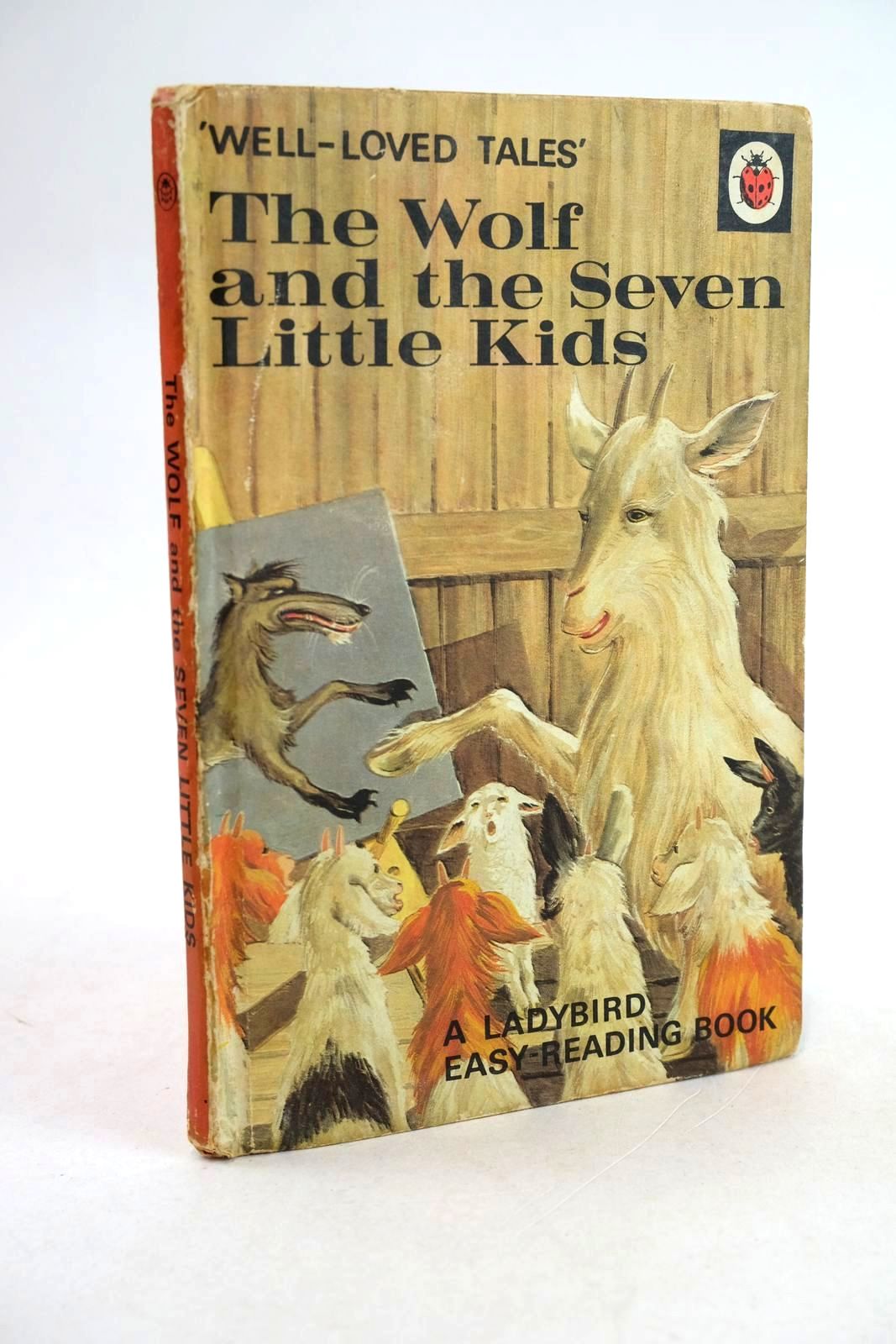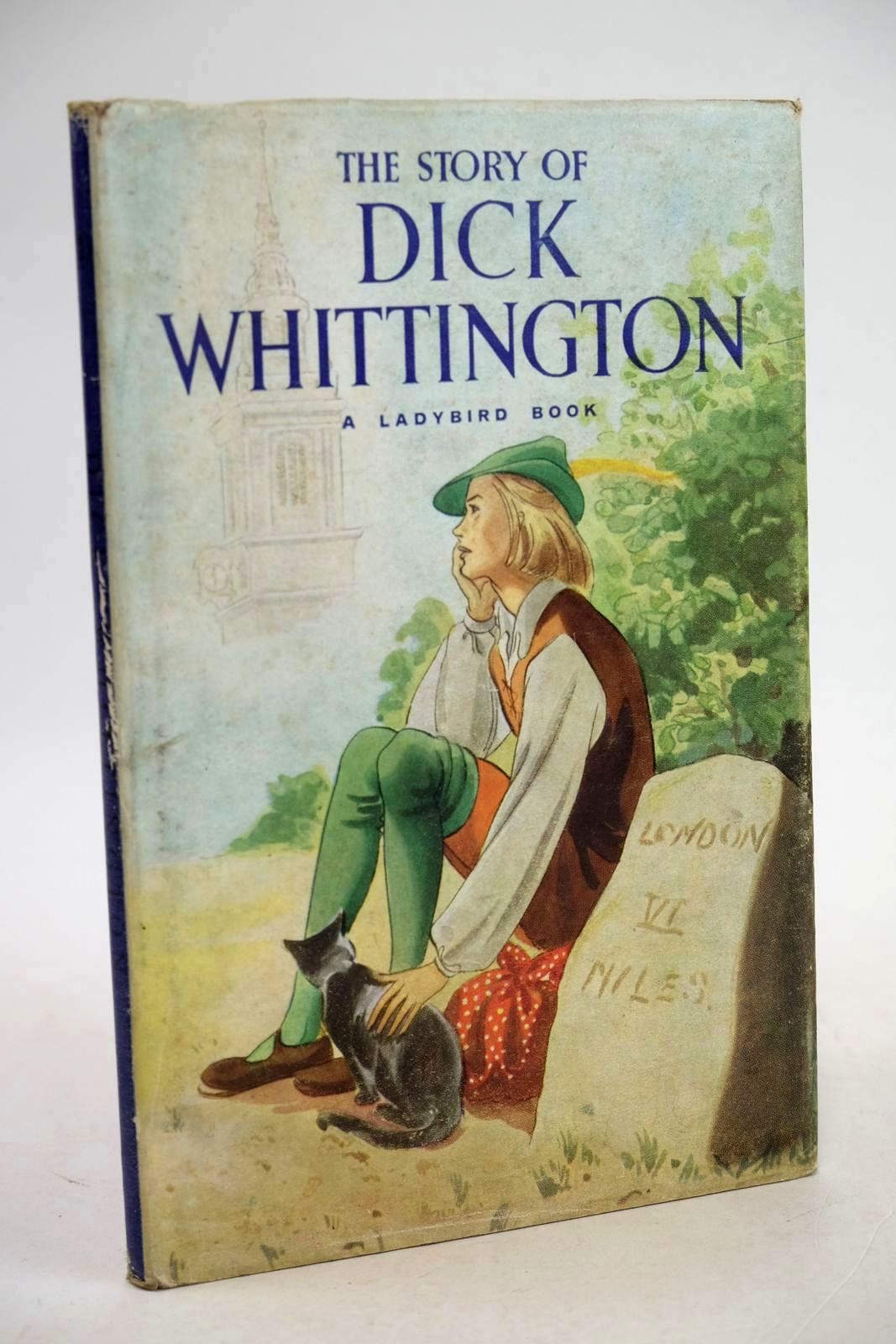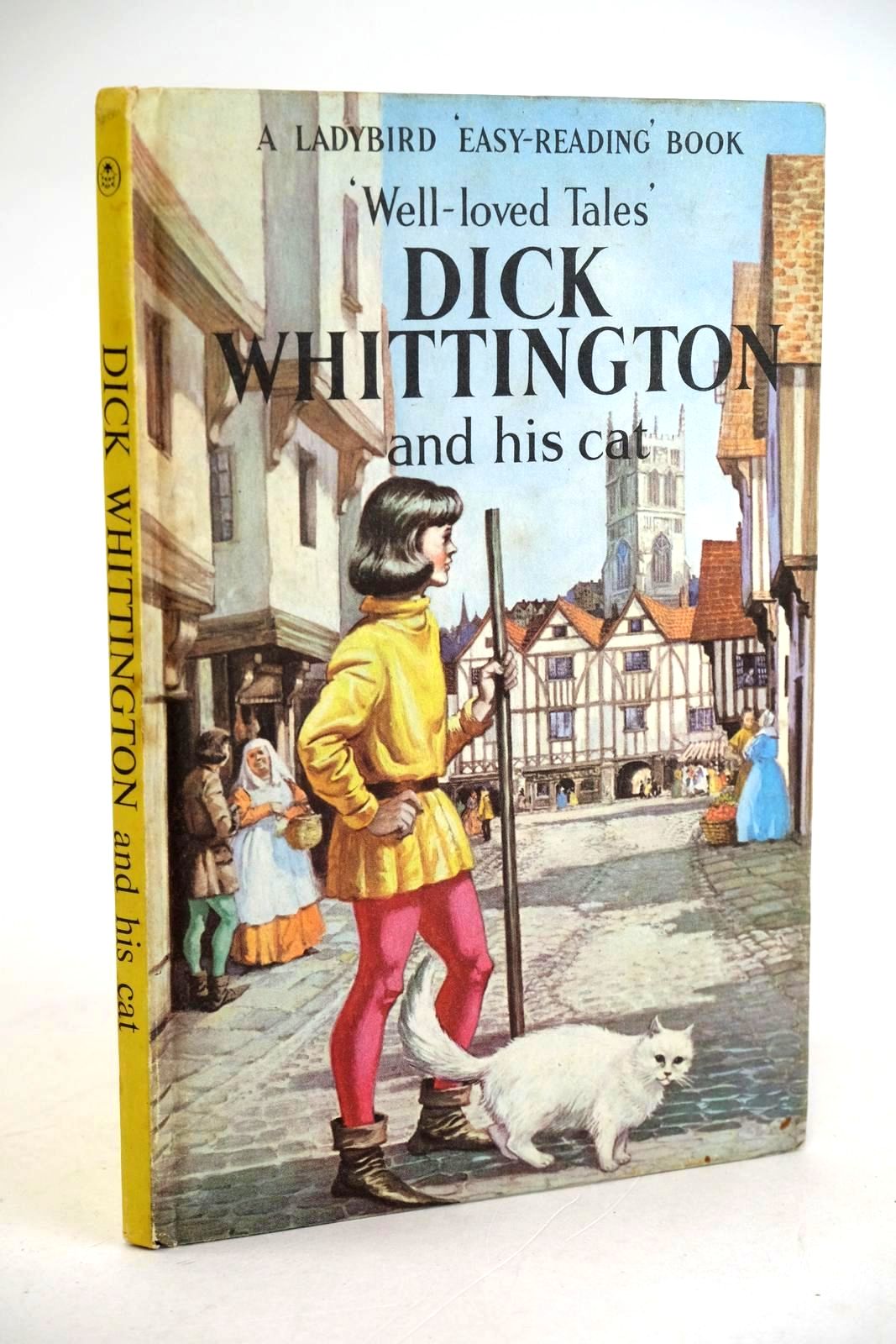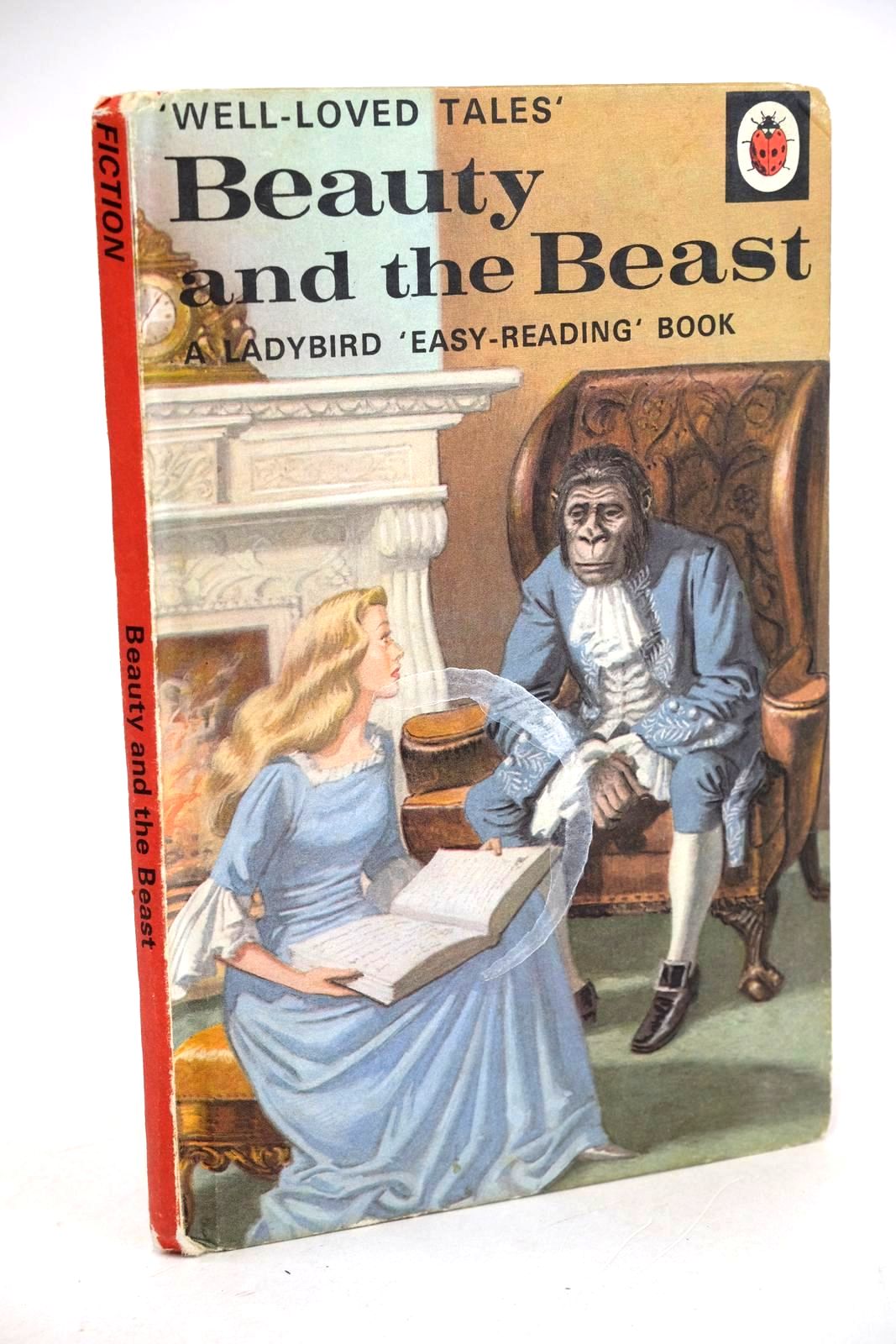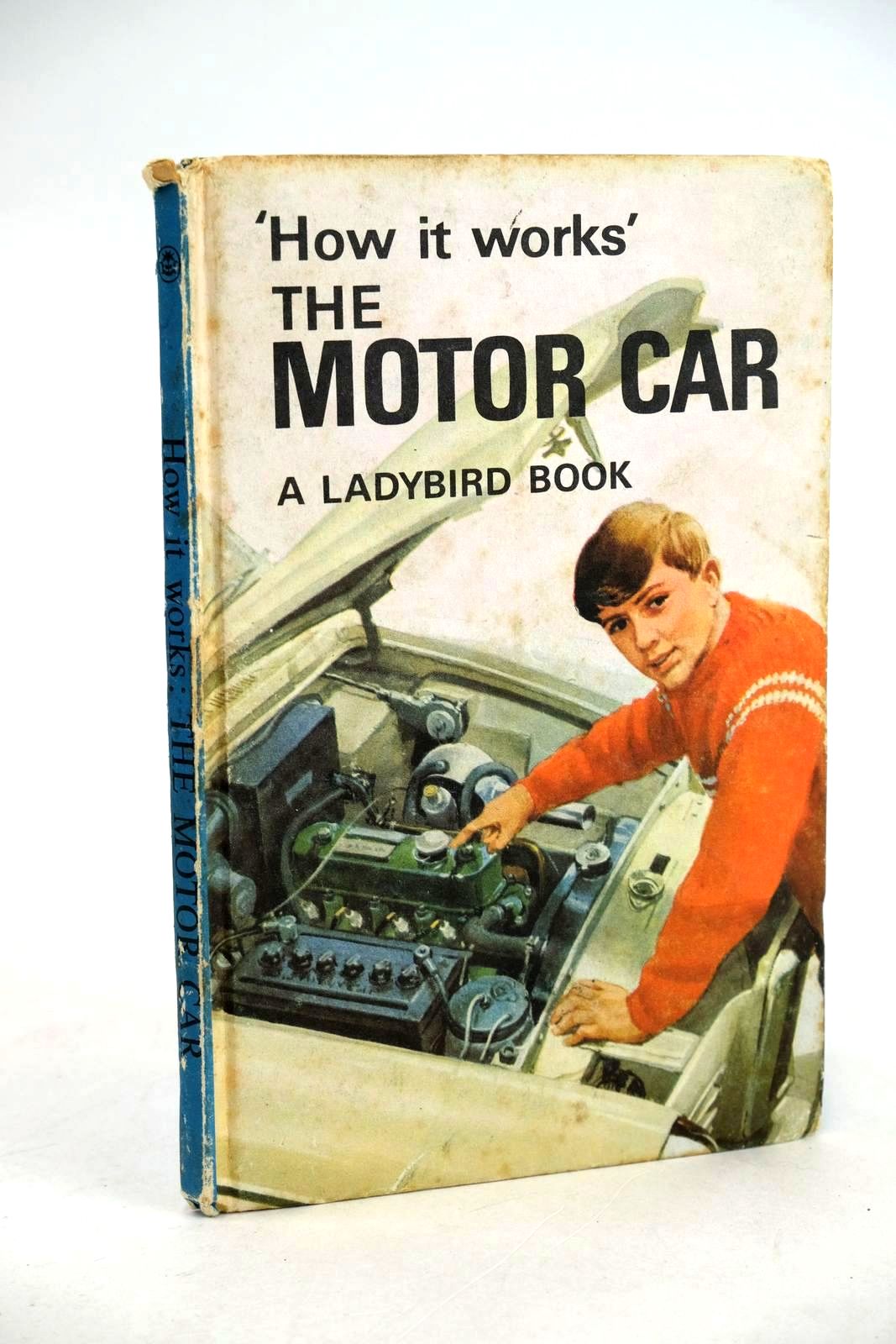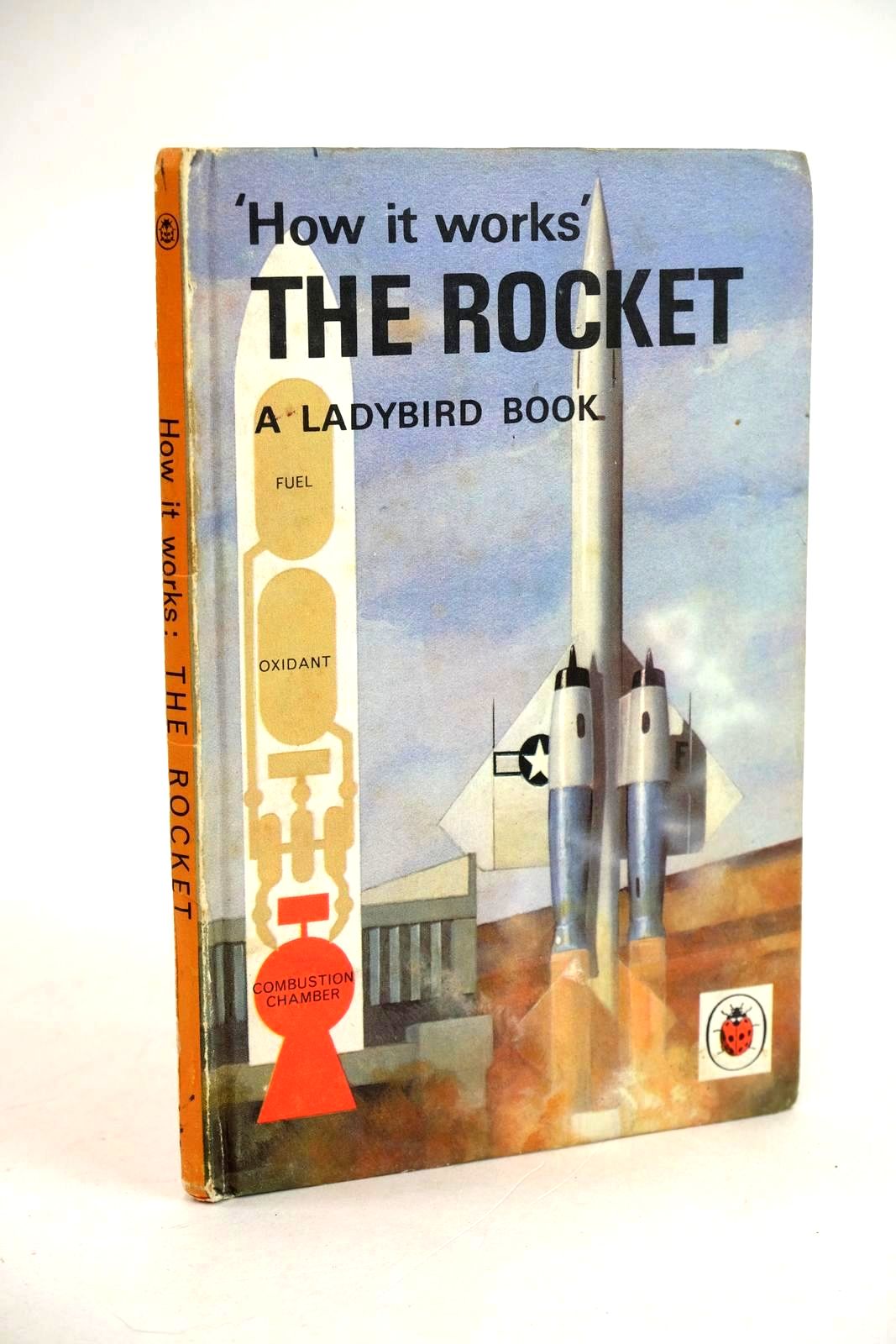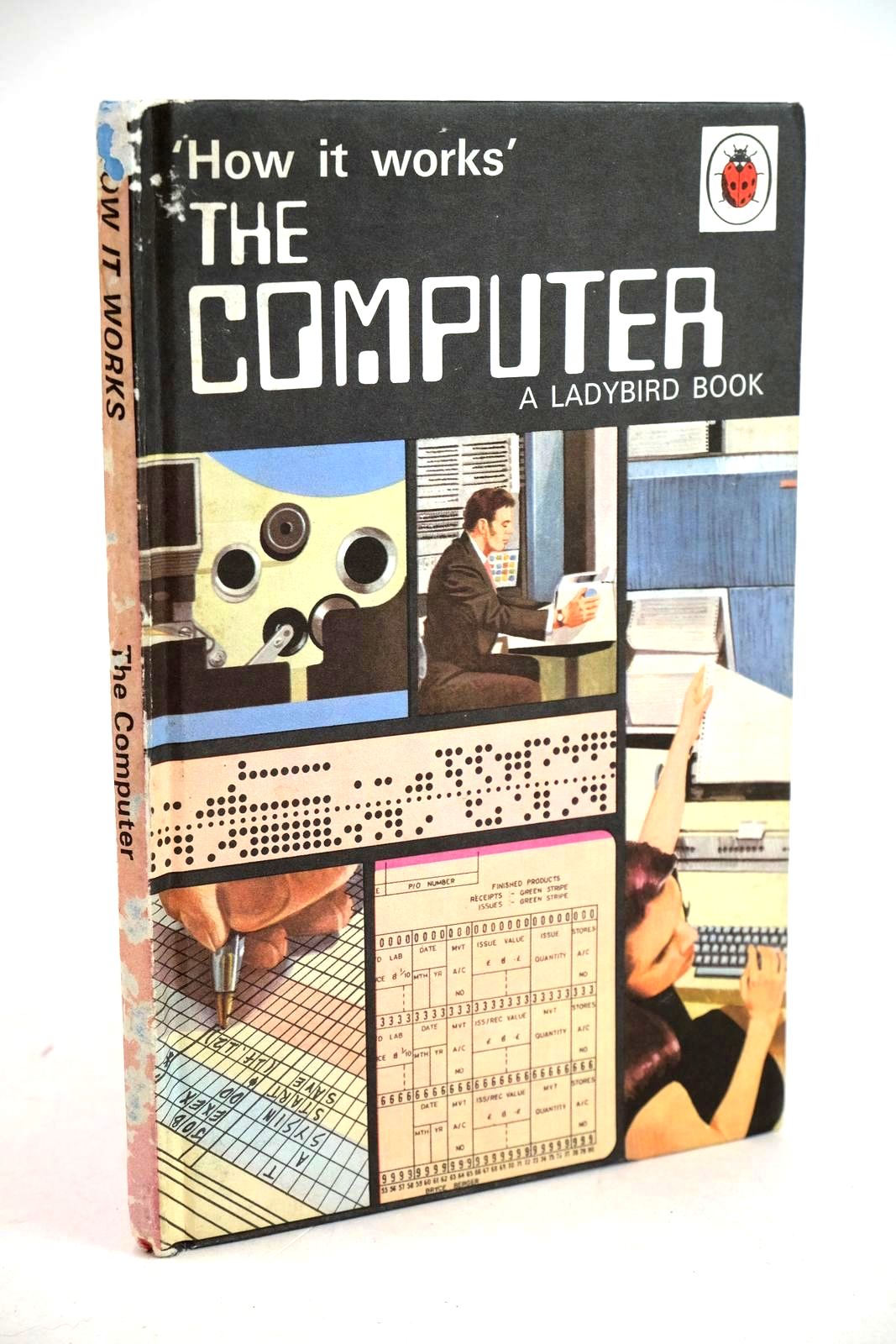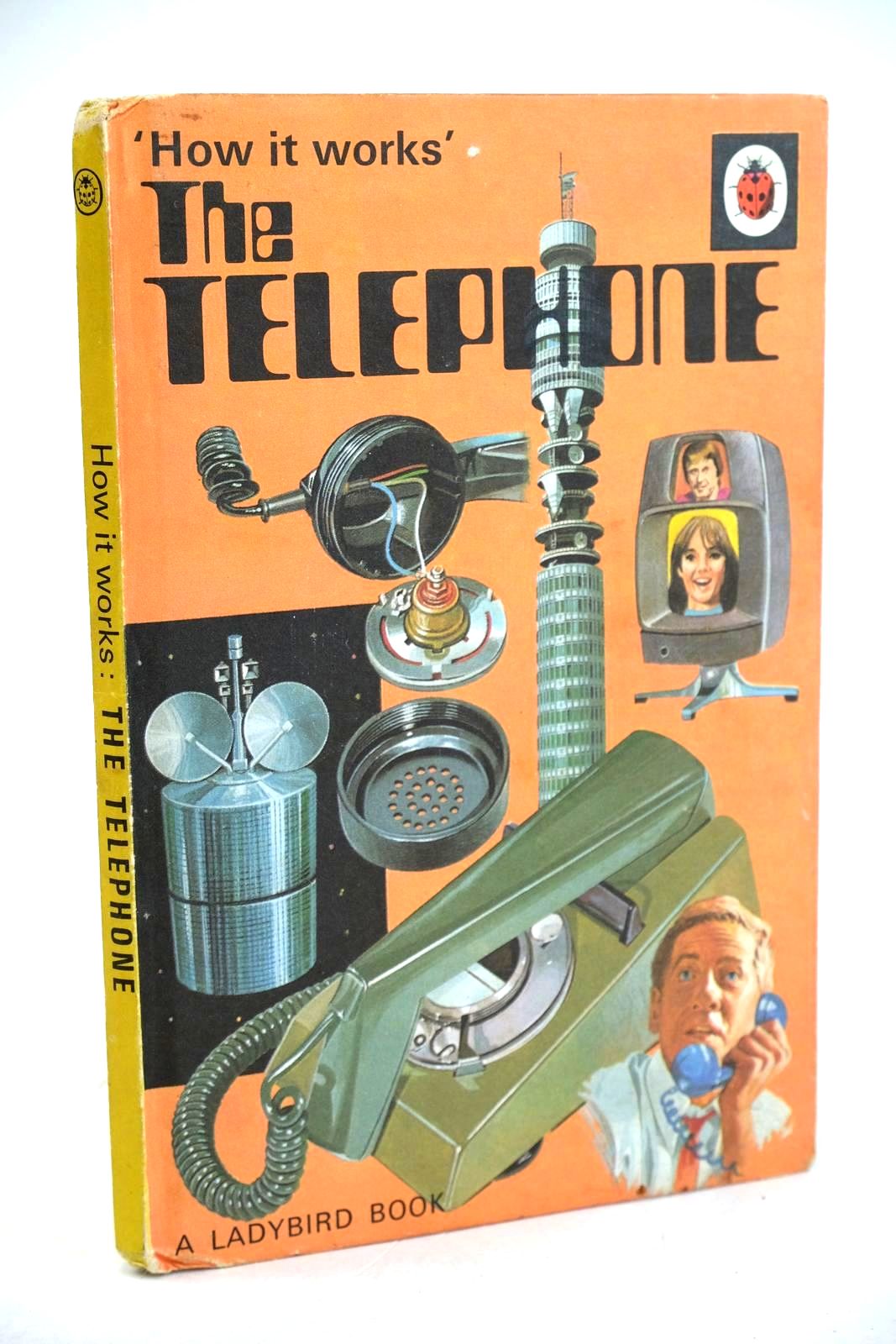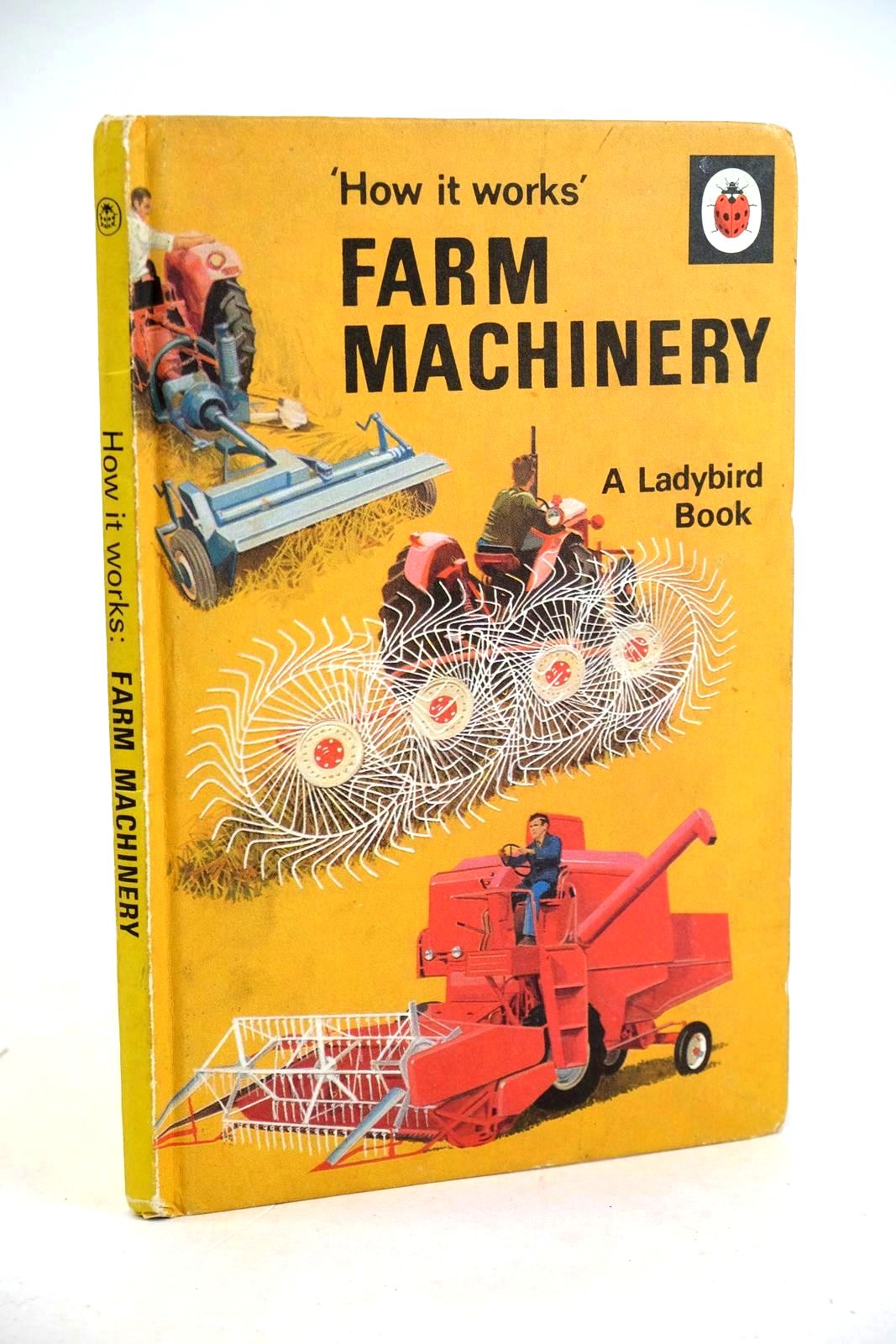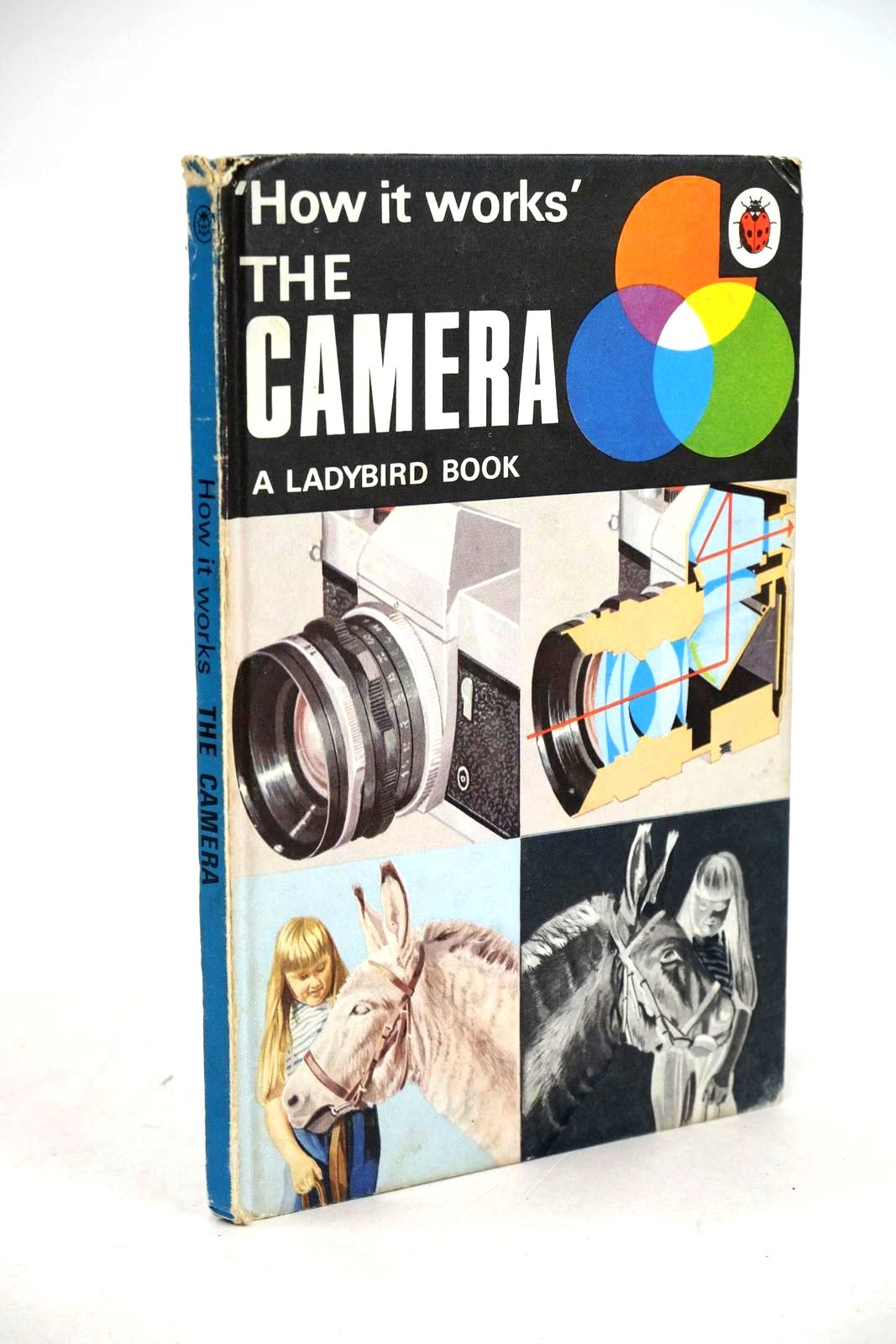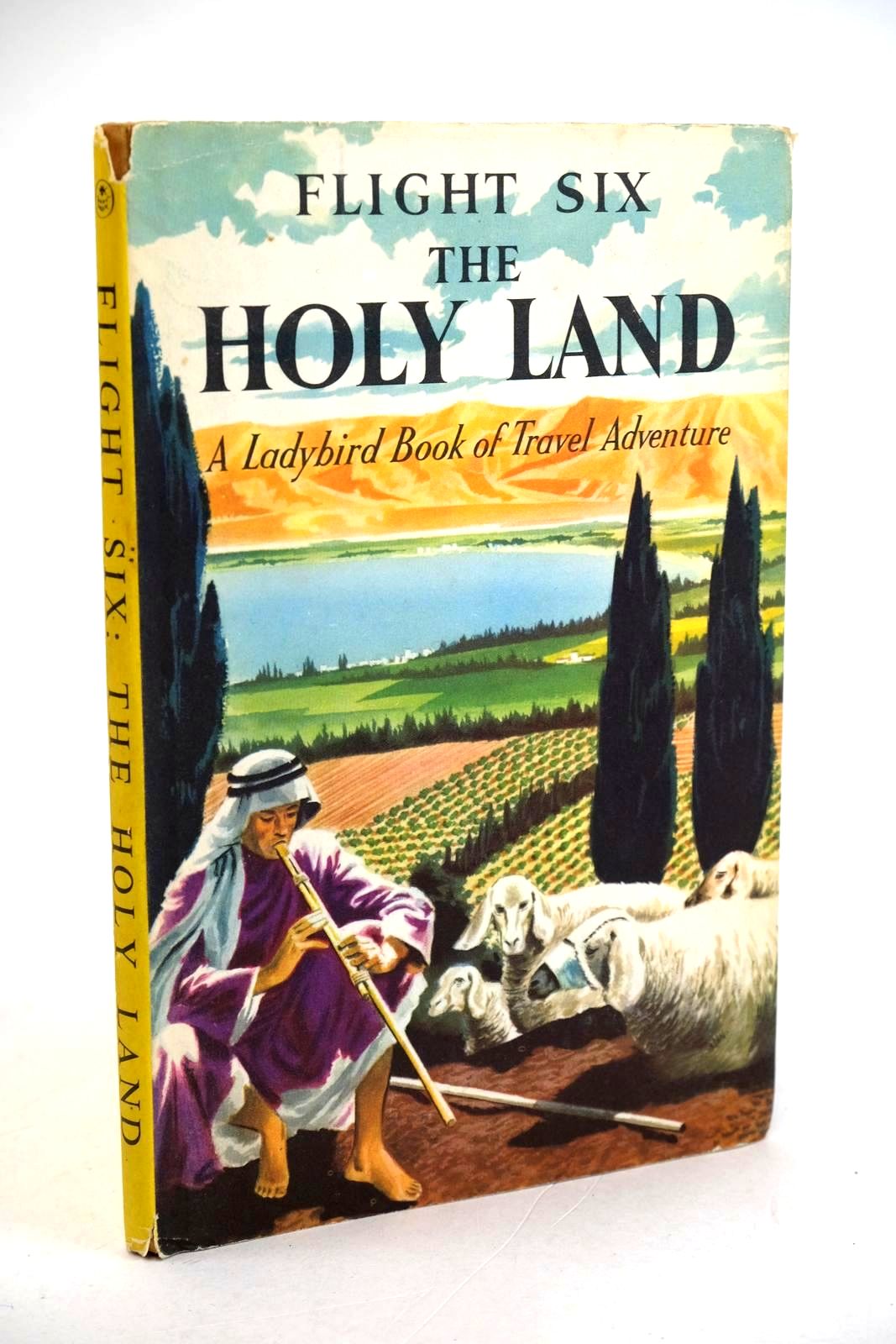Ladybird Books Illustrators
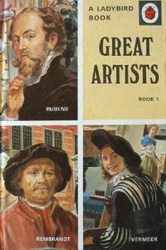 You can't beat a Ladybird book!! A comment made in Rose's Books recently and one with which many people would agree. Well written, well illustrated, with just enough information to help any child who is learning to read or doing a school project (and not just in pre-computer days!)
You can't beat a Ladybird book!! A comment made in Rose's Books recently and one with which many people would agree. Well written, well illustrated, with just enough information to help any child who is learning to read or doing a school project (and not just in pre-computer days!)
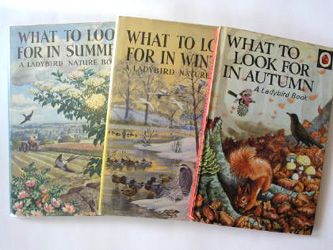 Nearly everyone who visits Rose's Books walks past our fabulous collection of Ladybird books. Memories of these books come flooding back. But what I think people remember most is the illustrations - although there are a few people who can practically recite Tootles the Taxi or Ginger's Adventures! One customer bought a copy of British Birds And Their Nests from the 536 series because he found the illustrations really useful when bird watching.
Nearly everyone who visits Rose's Books walks past our fabulous collection of Ladybird books. Memories of these books come flooding back. But what I think people remember most is the illustrations - although there are a few people who can practically recite Tootles the Taxi or Ginger's Adventures! One customer bought a copy of British Birds And Their Nests from the 536 series because he found the illustrations really useful when bird watching.
Having possessed several of these books myself and now remembering the illustrations, I decided to find out a little about some of the illustrators of Ladybird books.
I remember having the What To Look For In Winter, Autumn, Summer & Spring series and being fascinated by the illustrations. Now I know they were illustrated by C.F. Tunnicliffe, well known for his bird and wildlife paintings. The illustrations capture the seasons and are so detailed that you see something new each time you look at them.
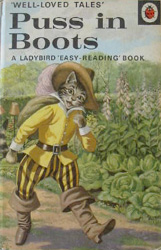 Tunnicliffe was born in East Cheshire and studied at the Macclesfield School of Art before winning a scholarship to the Royal School of Art in London. He regularly exhibited at the Royal Academy becoming a Royal Academician in 1954. He first earned his living as commercial artist before becoming a teacher at Manchester Grammar School. In 1947 he moved to Anglesey where he lived for the rest of his life. Tunnicliffe was a major contributor to RSPB Bird Notes and was awarded their Gold Medal in 1975 and the OBE in 1978. He also illustrated books for Henry Williamson and Alison Uttley. He died in 1979.
Tunnicliffe was born in East Cheshire and studied at the Macclesfield School of Art before winning a scholarship to the Royal School of Art in London. He regularly exhibited at the Royal Academy becoming a Royal Academician in 1954. He first earned his living as commercial artist before becoming a teacher at Manchester Grammar School. In 1947 he moved to Anglesey where he lived for the rest of his life. Tunnicliffe was a major contributor to RSPB Bird Notes and was awarded their Gold Medal in 1975 and the OBE in 1978. He also illustrated books for Henry Williamson and Alison Uttley. He died in 1979.
 Working as commercial artists seems to have been a starting point for many Ladybird illustrators. Arguably some of Eric Winter's best loved illustrations are those in Cinderella in the 606d Well Loved Tales series. Born in 1905 Eric studied Art at the Hornsey Art School where he specialised in commercial and fine art, using both oils and water colours. In the 1950's he was invited to design a logo for the Abbey National Building Society. This design of a couple sheltering under a roof was accepted and became their logo for many years.
Working as commercial artists seems to have been a starting point for many Ladybird illustrators. Arguably some of Eric Winter's best loved illustrations are those in Cinderella in the 606d Well Loved Tales series. Born in 1905 Eric studied Art at the Hornsey Art School where he specialised in commercial and fine art, using both oils and water colours. In the 1950's he was invited to design a logo for the Abbey National Building Society. This design of a couple sheltering under a roof was accepted and became their logo for many years.
Before working for Ladybird, Winter provided illustrations for the Eagle Comic, as did other Ladybird illustrators! From 1970 onwards Eric Winter illustrated for Ladybird books, firstly for the Well Loved Tales series but also for the Learnabout series. A copy of Puss in Boots illustrated by him has been included in a time capsule which has been buried for future generations to find.
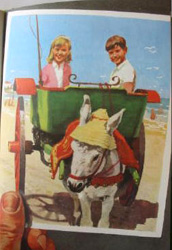 Martin Aitchison (Right) is another illustrator who moved from the Eagle to Ladybird. Born in 1919 Martin attended the Birmingham School of Art and the Slade School of Art (where he met his wife, Dorothy). Due to his deafness Martin was not eligible for active service in the second World War, Instead he worked as technical illustrator for Vickers, helping to produce drawings for the Bouncing Bomb designed by Barnes Wallis. Following the war he became a free lance commercial artist and then in 1952 he joined Eagle. In 1963 he joined Ladybird. However he almost didn't illustrate for Ladybird as his first drawing was rejected. He submitted another picture which was accepted and was included in A First Book Of Saints. Martin illustrated a wide range of Ladybird books from the Key Words Reading Scheme to series such as The Great Artists (written by his wife Dorothy) and Puddle Lane. He retired from Ladybird in 1987.
Martin Aitchison (Right) is another illustrator who moved from the Eagle to Ladybird. Born in 1919 Martin attended the Birmingham School of Art and the Slade School of Art (where he met his wife, Dorothy). Due to his deafness Martin was not eligible for active service in the second World War, Instead he worked as technical illustrator for Vickers, helping to produce drawings for the Bouncing Bomb designed by Barnes Wallis. Following the war he became a free lance commercial artist and then in 1952 he joined Eagle. In 1963 he joined Ladybird. However he almost didn't illustrate for Ladybird as his first drawing was rejected. He submitted another picture which was accepted and was included in A First Book Of Saints. Martin illustrated a wide range of Ladybird books from the Key Words Reading Scheme to series such as The Great Artists (written by his wife Dorothy) and Puddle Lane. He retired from Ladybird in 1987.
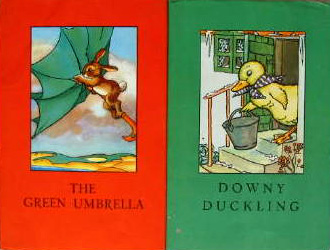 Another husband and wife team is Harry and Ethel Wingfield who worked on the Listening With Mother series and other early years titles. Harry, the illustrator (Left) was born in 1910 in Derby. He wanted to work as an engineering draughtsman for Rolls Royce but was turned down by the company because of his stammer. Instead he went to work for an advertising agency and became a commercial artist. He did not study art full time but took evening classes at Derby Art School and then at Birmingham Art School.
Another husband and wife team is Harry and Ethel Wingfield who worked on the Listening With Mother series and other early years titles. Harry, the illustrator (Left) was born in 1910 in Derby. He wanted to work as an engineering draughtsman for Rolls Royce but was turned down by the company because of his stammer. Instead he went to work for an advertising agency and became a commercial artist. He did not study art full time but took evening classes at Derby Art School and then at Birmingham Art School.
His talent for drawing the human form earned him a reputation for figurative work and led to him being asked to illustrate for Ladybird. Harry began work for Ladybird in the 1950's. The first books he illustrated were Red Riding Hood Also Goldilocks and the Three Bears in the 413 series. Harry, with Martin Aitchison and another ex-Eagle illustrator, Frank Hampson, illustrated the Key Words Reading Scheme - also known as the Peter And Jane books. Two children who lived in Harry's street were used as his models for Peter and Jane. He took photographs of them doing everyday tasks and then copied the pictures to go with the storylines. Some have criticised these books as being social stereotypes but they are remembered by older people today as being a great tool in helping children learn to read. He also contributed to books in many series, including Recognition (584), Learning to Read (563), Junior Science (621) and Talkabout (735). He died in 2001.
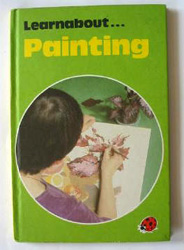 So far, it seemed to me that most of the illustrators were men - more investigation was needed to see if there were any female illustrators! And there were.
So far, it seemed to me that most of the illustrators were men - more investigation was needed to see if there were any female illustrators! And there were.
One of the earliest series, 401 Rhyming Stories, was written and illustrated by A.J. Macgregor or Augusine Jeanne MacGregor to give her full name (Right). However I have been unable to discover anything else about her!
Kathie Layfield illustrated some of the later Ladybird books, including the new titles in the 606d Well Loved tales, Read it Yourself and Learnabout series. She was born in 1940 and studied art at Loughborough College before going to Leicester College of Art where she gained her teaching diploma. Whilst following a career in teaching, Kathie continued to paint and provide line drawings to illustrate pamphlets for a local Private Press. She was also interested in the theatre and would design sets and costumes, as well as acting and producing for the Leicester Drama Society.
Left: Kathie Layfield illustrated some of the Learnabout series.
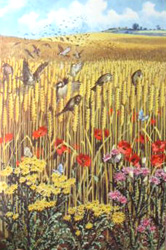 During an exhibition of her costume designs Kathy was approached by the Art Editor of Ladybird books. He was looking for someone who could draw the human figure. Kathie was given a trial commission and went on to illustrate or contribute to 30 books. She also wrote two books herself - Learnabout Painting and Learnabout Drawing. Her connection with Ladybird ended when the Loughborough factory closed.
During an exhibition of her costume designs Kathy was approached by the Art Editor of Ladybird books. He was looking for someone who could draw the human figure. Kathie was given a trial commission and went on to illustrate or contribute to 30 books. She also wrote two books herself - Learnabout Painting and Learnabout Drawing. Her connection with Ladybird ended when the Loughborough factory closed.
The youngest illustrator and writer of Ladybird books is Jayne Fisher. HerGarden Gang series is all about the adventures of fruit and vegetables who have wonderful names such as Lucy Leek, Pam Parsnip, Robert Raspberry and Patrick Pear. Jayne was nine when she began writing these stories and would colour her illustrations with felt tip pens - just like any 9 year old! I remember coming across these stories when they were first published in 1989. I was on teaching practise and the topic was growing things. The children loved the stories and insisted on naming the bean seeds we had planted!
Right: the popular What To Look For in Summer, illustrated by Tunnicliffe
There are so many illustrators I haven't touched on - John Berry, John Kenney,Ernest Aris, Robert Ayton, Frank Humphris - to name but a few. But whether they have illustrated only one Ladybird book or twenty, these illustrators have contributed to a much loved series and their work will go on giving pleasure for many years to come.
Contributed by Catriona.
(Published on 23rd Oct 2014 )


